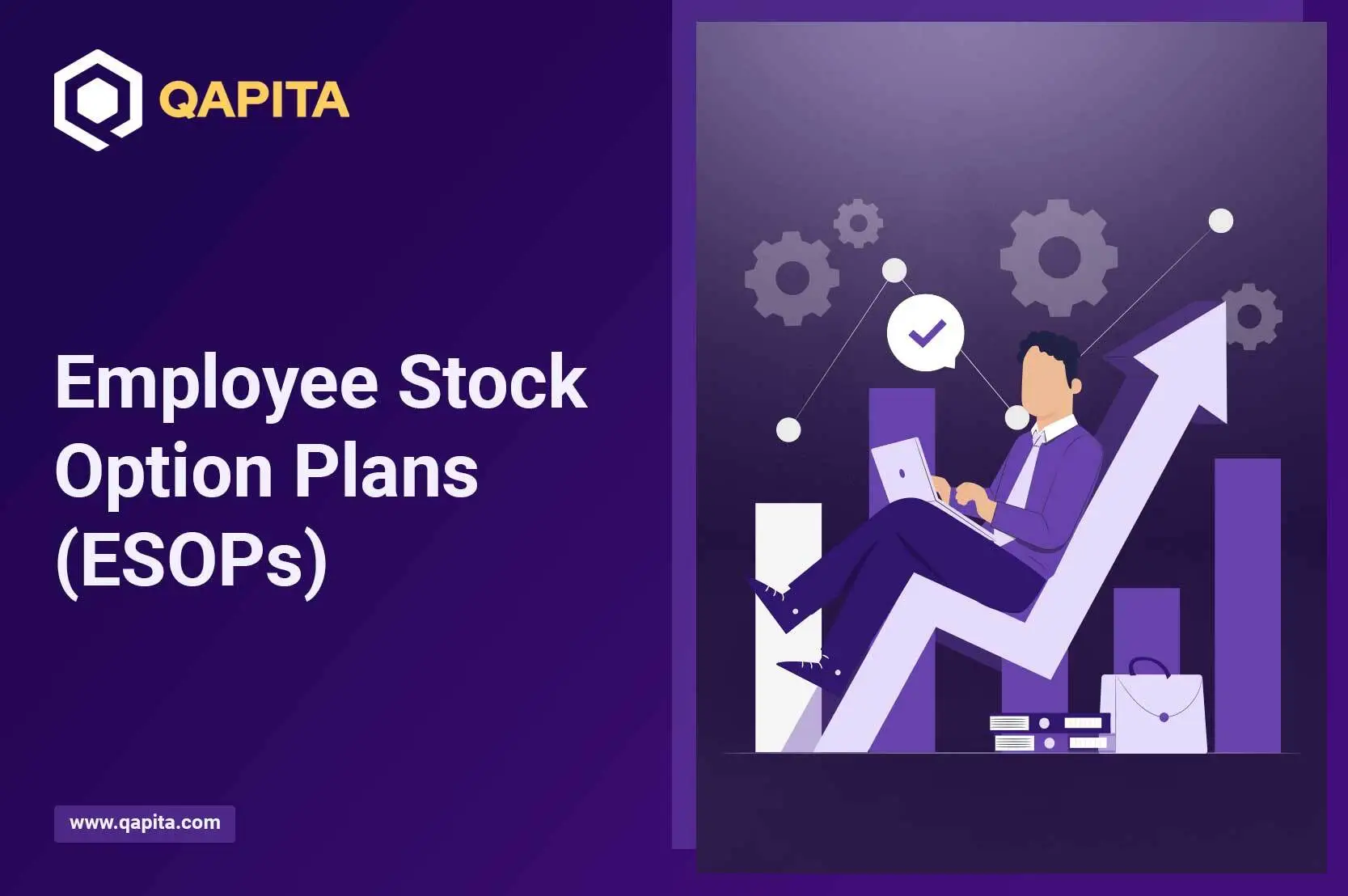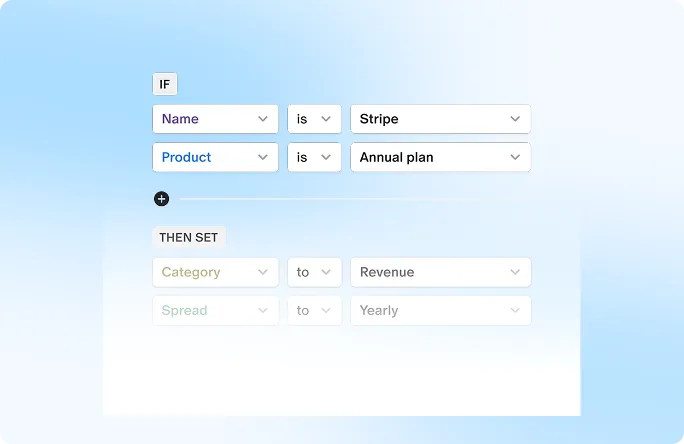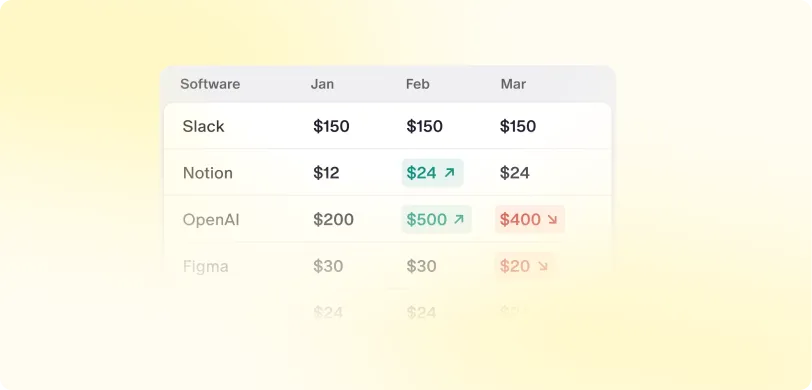The Growing Complexity of ESOP Management
What began as a relatively straightforward tool to attract and retain talent has grown into a complex, highly regulated domain. In the early days, managing ESOPs through spreadsheets and emails was common, and even acceptable. But today, with increasing scale, cross-border teams, evolving regulations, and heightened expectations around transparency, that approach is no longer viable.
The shift isn’t just about technology, it’s about meeting the new realities of compliance, stakeholder management, and employee experience.
Regulatory Expectations Are Clearer and Stricter
One of the key drivers of this shift is regulation. Authorities are now paying closer attention to how companies issue and report equity compensation.
In India, the Reserve Bank of India (RBI) has introduced mandatory reporting through the FIRMS portal, including Form ESOP for overseas allotments. These reports require detailed, accurate, and timely information, something manual processes often struggle to deliver consistently. Elsewhere, tax authorities are asking for real-time disclosures, audit trails, and proof of communication to employees.
Digital systems are not just helpful – they are increasingly becoming essential to meet these expectations without last-minute scrambling or risk of non-compliance.
The Internal Stakes Are Higher Than Ever
While regulatory pressure is one factor, internal expectations have evolved too.
- Founders and CFOs want clarity on dilution, cost impact, and pool usage.
- Legal teams look for document integrity and audit-readiness.
- HR and People teams need to communicate value to employees clearly and consistently.
- Employees themselves are more financially aware. They expect to access and track their ESOPs easily, just like they would their salaries or tax documents.
In this context, digitization enables internal alignment and minimizes the risk of gaps, missed actions, or misinterpretations across teams.
Manual Management Has Its Limits
Still Managing ESOPs in Spreadsheets?
In 2025, that’s not just risky, it could cost you compliance, trust and talent.
Industry data shows manual setups carry error rates as high as 30-40%
Common challenges include:
- Discrepancies between what’s recorded and what was actually communicated
- Missed vesting events or exercise windows
- Errors in grant letters or option statements
- Delays in setting up compliant processes for resignations, buybacks, or liquidity
These aren’t just technical issues, they impact trust. When employees don’t receive timely, accurate information about their equity, it affects morale and perceptions of fairness.
Digitaliztion isn’t a nice-to-have anymore, it’s what separates companies that scramble at fundraise time from those ready on day one.
The business case for digitization goes beyond speed or convenience. Companies today operate in fast-moving environments: expanding to new geographies, undergoing frequent fundraising, and attracting increasingly global talent.
In these contexts, a well-structured, digital-first ESOP management system:
- Helps maintain a single source of truth
- Reduces dependency on individuals or institutional memory
- Enables readiness for audits, due diligence, or exits
For employees, digitalization means confidence, the ability to see your equity value as easily as your salary slip.
What We’ve Learned from Working Closely with Companies
Through our work supporting ESOP implementation and operations across different sectors, we have seen a clear pattern emerge, companies that adopt digital systems early face fewer roadblocks during critical events – be it a fundraise, IPO prep, or employee separation.
We have also noticed that digitization encourages better hygiene around data – grant terms are clearer, approvals are faster, and reporting is more robust. It allows teams to move from reactive firefighting to proactive governance.
Looking Ahead: A Matter of Readiness, Not Choice
Digitization is no longer a discretionary upgrade. It’s a foundational element of running a credible equity program. As the regulatory environment continues to evolve and as more companies look to offer flexible equity-based rewards, the need for structured, scalable systems will only grow.
Companies that continue to manage their ESOPs manually are not just delaying digital adoption – they’re potentially putting their stakeholders, compliance, and employee trust at risk.


 ESOP Management
ESOP Management

 Liquidity Solutions
Liquidity Solutions

 ESOP Consulting
ESOP Consulting

 Fund Management
Fund Management













































